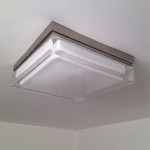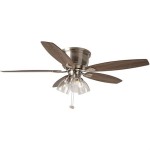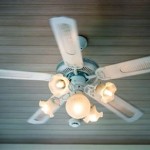The Essential Guide to Ceiling Fan Light Fuses
Ceiling fan light fuses are an essential safety component that protects the electrical system in your home from damage caused by overcurrent. When too much electricity flows through a circuit, the fuse will blow, interrupting the flow of current and preventing potential electrical fires or equipment damage. Understanding the essentials of ceiling fan light fuses is crucial for ensuring the safe operation of your ceiling fan.
Types of Ceiling Fan Light Fuses
There are two main types of ceiling fan light fuses: glass fuses and ceramic fuses. Glass fuses are made of glass and have a thin wire element that melts and breaks when overloaded. Ceramic fuses are made of ceramic and have a metal element that melts and breaks when overloaded. Ceramic fuses are generally more durable and have a higher current rating than glass fuses.
Fuse Location
Ceiling fan light fuses are typically located in one of two places: the fuse box or the ceiling fan housing. To access the fuse in the fuse box, simply open the fuse box door and look for a fuse labeled "ceiling fan light." If the fuse is located in the ceiling fan housing, you will need to remove the fan canopy to access it. The fuse will usually be located near the electrical wiring connections.
Fuse Rating
The fuse rating is the maximum amount of current that the fuse can safely handle before it blows. Fuse ratings are typically expressed in amps (A). It is important to use a fuse with the correct rating for your ceiling fan. Using a fuse with too low of a rating will cause the fuse to blow prematurely, while using a fuse with too high of a rating could allow excessive current to flow through the circuit, increasing the risk of electrical fires or damage.
When to Replace a Fuse
Ceiling fan light fuses should be replaced when they blow. Blown fuses typically have a melted or broken element. If you notice that the light on your ceiling fan is not working, the first step is to check the fuse. If the fuse is blown, replace it with a new fuse of the same rating.
Fuse Replacement Instructions
To replace a ceiling fan light fuse, follow these steps:
- Turn off the power to the ceiling fan at the circuit breaker or fuse box.
- Remove the fuse box door or ceiling fan canopy to access the fuse.
- Pull out the old fuse and inspect it. If the element is melted or broken, replace it with a new fuse of the same rating.
- Reinstall the fuse box door or ceiling fan canopy.
- Turn on the power to the ceiling fan.
Safety Precautions
When working with electrical components, always follow these safety precautions:
- Turn off the power to the circuit before performing any work.
- Wear insulated gloves and use insulated tools.
- Do not touch live electrical wires.
- If you are unsure about how to replace a fuse, consult with a qualified electrician.
By following these guidelines, you can ensure the safe and reliable operation of your ceiling fan light fuse.

Ceiling Fan Lights Blew Out Doityourself Com Community Forums

Ceiling Fan Light Repair Home Tutor

Ceiling Fan Lights Blew Out Doityourself Com Community Forums

Do Ceiling Fans Have Fuses What About Fan Lights
Inline Fuse Ceiling Fan Light Kit Diy Home Improvement Forum

Ceiling Fan Light Repair Home Tutor
Replacing A Ceiling Fan Light With Regular Fixture Jlc

Ceiling Fan Light Repair Home Tutor
Ceiling Fan Relay Diy Home Improvement Forum

Ceiling Fan Troubleshooting The Home Depot
Related Posts








